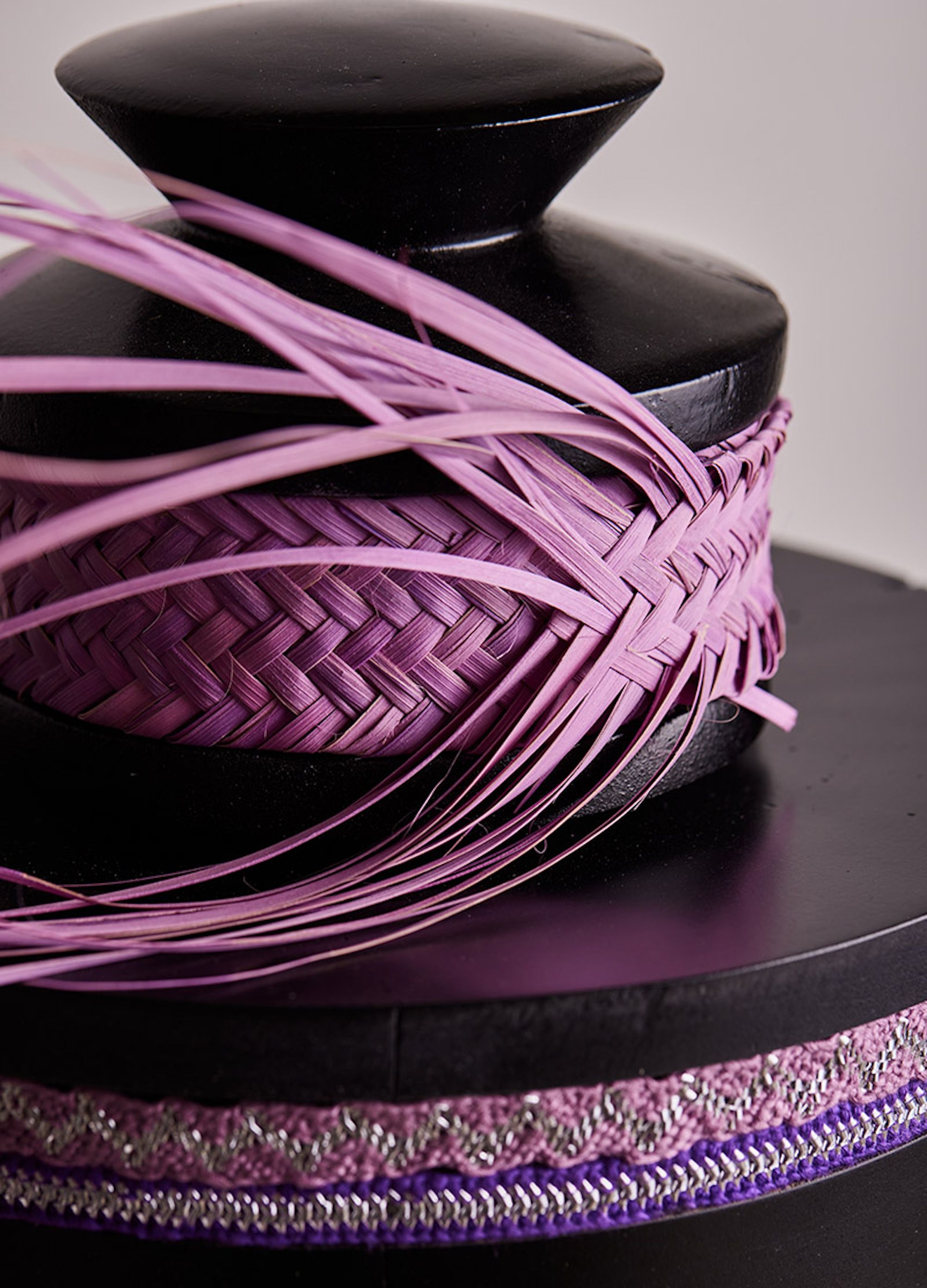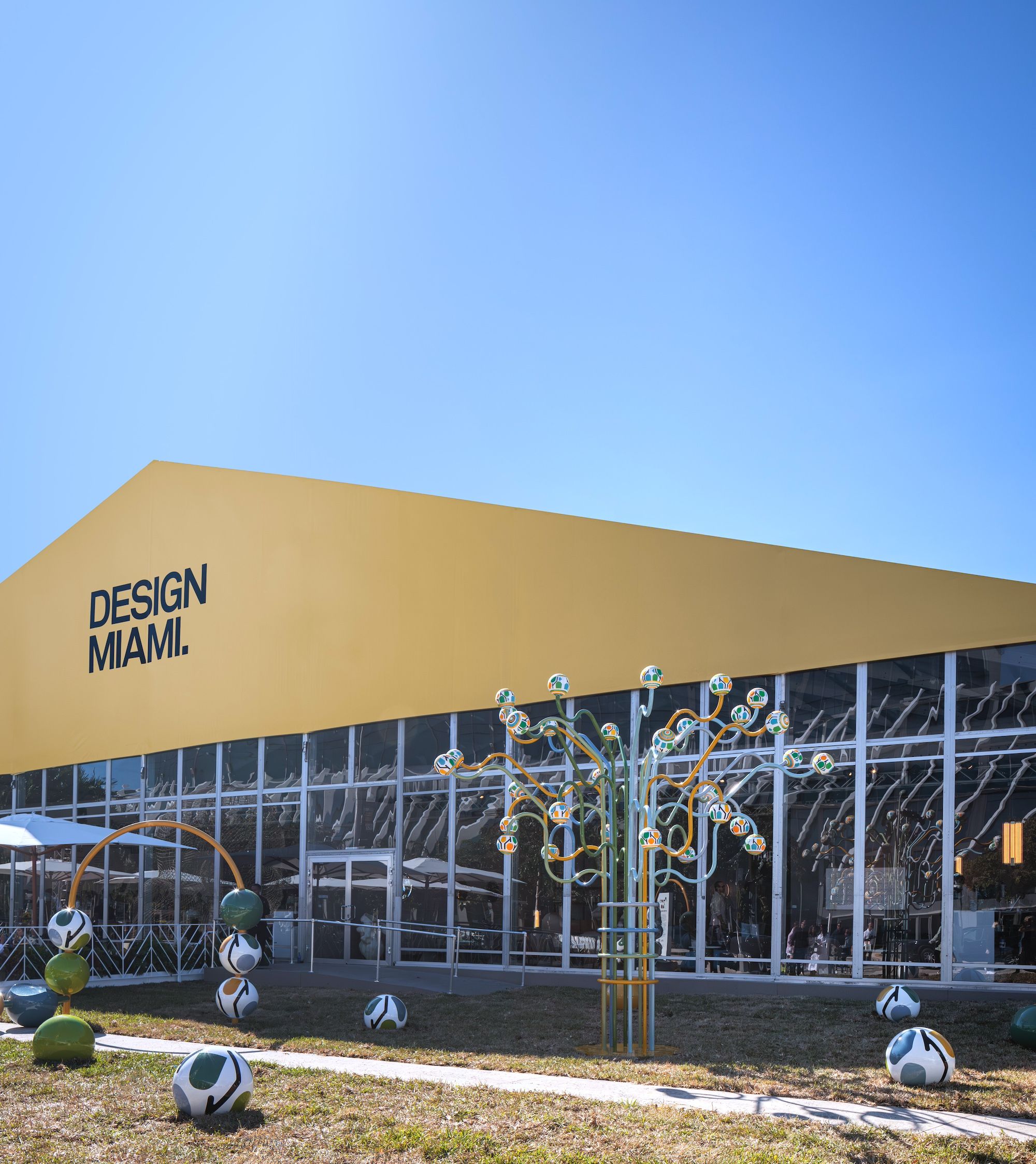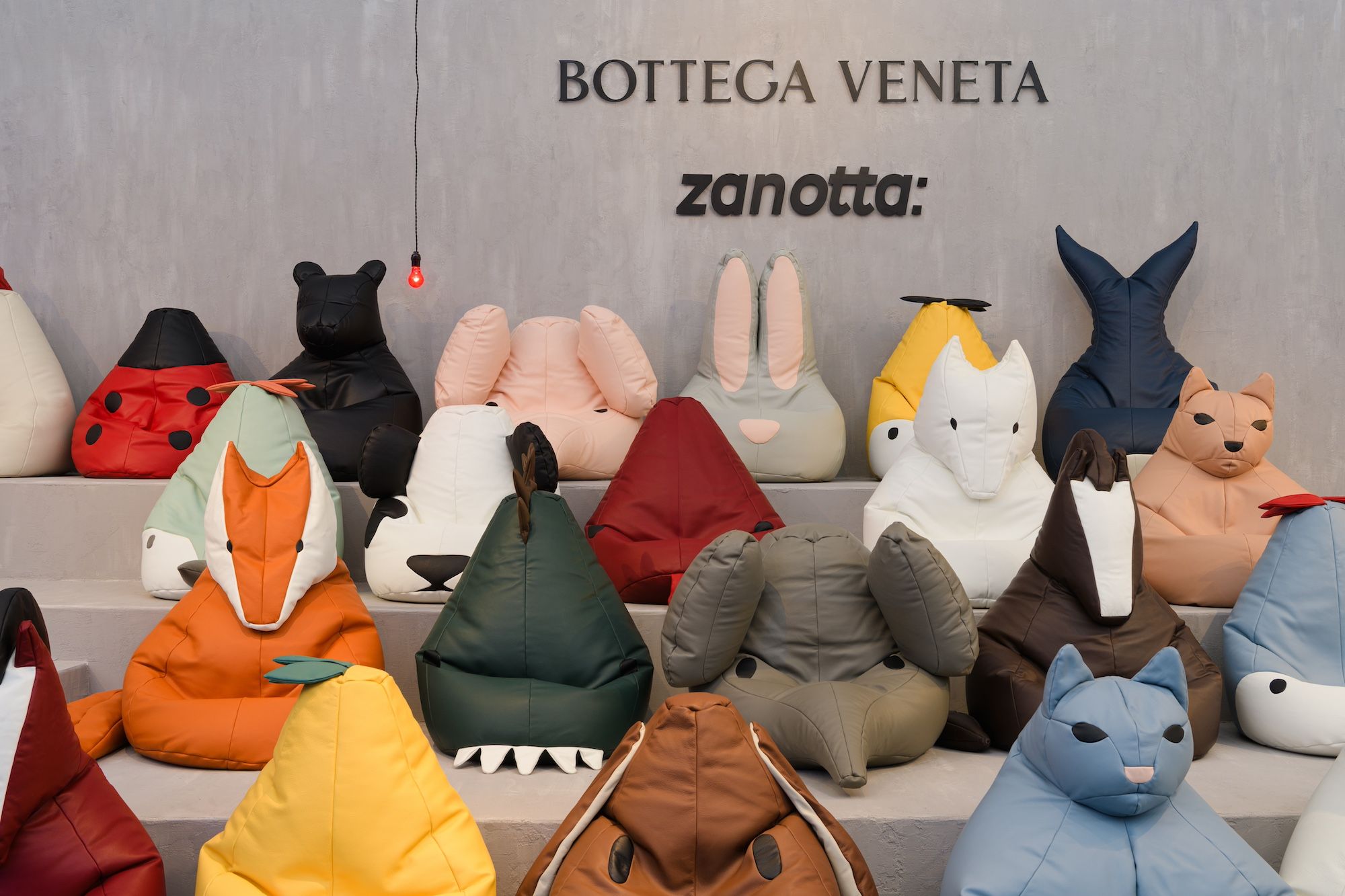IN COLLABORATION MAY 26 2021
by Design Miami
As Superblue opens in Miami, Studio DRIFT reflects on the value of experiential artworks in a world crying out for connection
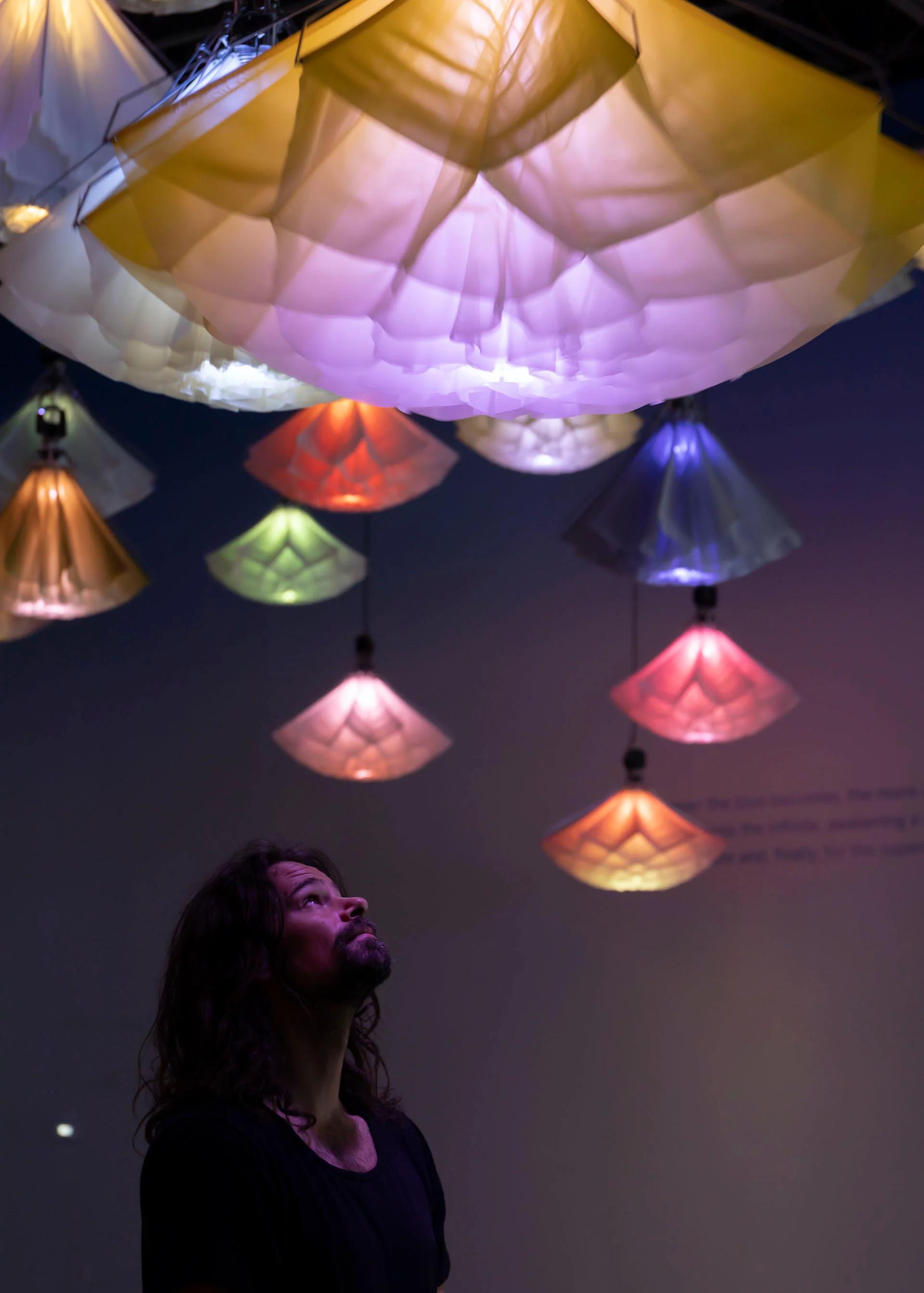
RALPH NAUTA OF DRIFT WITH MEADOW, 2017. INSTALLATION VIEW AT SUPERBLUE MIAMI, 2021
After months of eager anticipation, Superblue Miami has opened! Founded by Marc Glimcher, CEO of Pace Gallery, and curator Mollie Dent-Brocklehurs, Superblue specializes in electrifying, large-scale experiential installations, offering an exciting new model for engaging the public with works at the intersection of art, architecture, design, and performance. Superblue Miami is the first of several new experiential art spaces the organization is planning around the country.
Superblue Miami’s debut program includes works by some of today's most sensational, crowd-pleasing creatives: Es Devlin, James Turrell, Teamlab, and DRIFT. To celebrate the occasion, we reached out to our longtime friend Lonneke Gordijn of DRIFT to ask about their collaboration with Superblue and their lyrical, interactive work, Meadow, on view in Miami right now.
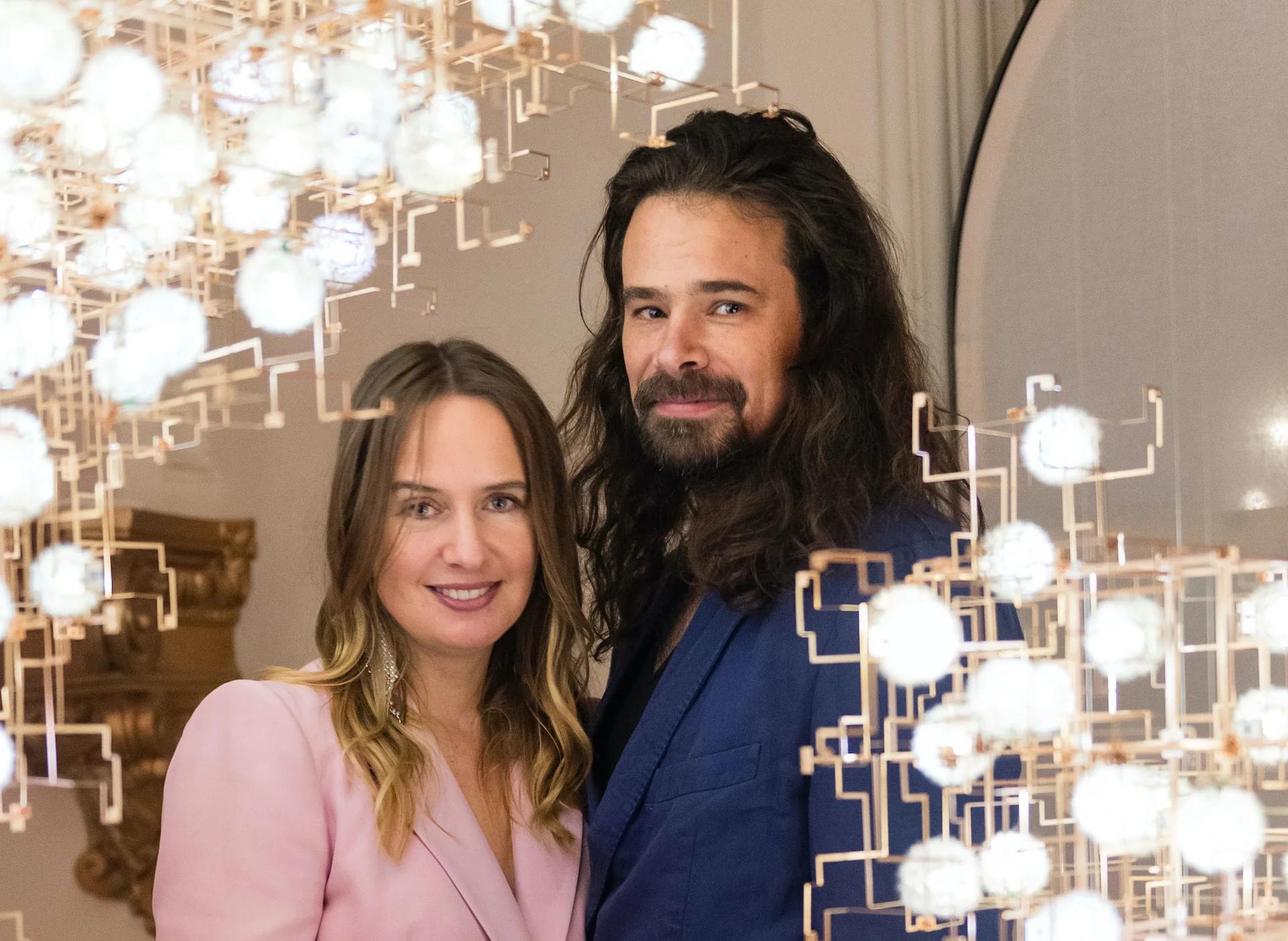
LONNEKE GORDIJN AND RALPH NAUTA OF DRIFT, ALONGSIDE AN INSTALLATION OF WORKS FROM THEIR FRAGILE FUTURE COLLECTION
Design Miami/How did your collaboration with Superblue come about? What values did you recognize in Superblue that made you want to be a part of it?
Lonneke Gordijn/It started with Pace. In our first conversations with Pace Gallery back in 2015, we showed our ideas for work that did not fit so well into design gallery programs, but neither so clearly in art galleries. We talked about how every new work we develop is a continuation of our research into the changing relationship between humankind, nature, and technology. Not one work stands on its own—whether it is Fragile Future, the dandelion work that was first presented at Design Miami in 2008, or Franchise Freedom, the drone performance that premiered at Art Basel in Miami in 2017. It’s all related.
In early 2017, we presented Drifter—the floating block of concrete—at the Armory Show in a solo presentation with Pace Gallery. The work was a performance rather than an object to be sold for a private home. Our excitement came when we saw the reactions of the public and how perspectives on what is possible began to change. But of course, this kind of work is very hard to sell and present in commercial spaces.
Superblue, an initiative of Pace's Marc Glimcher and Mollie Dent-Brocklehurst, takes on the challenge to show and promote art experiences that require a complete, site-specific approach, one that aims to open the conversation with the artworks to a larger public.
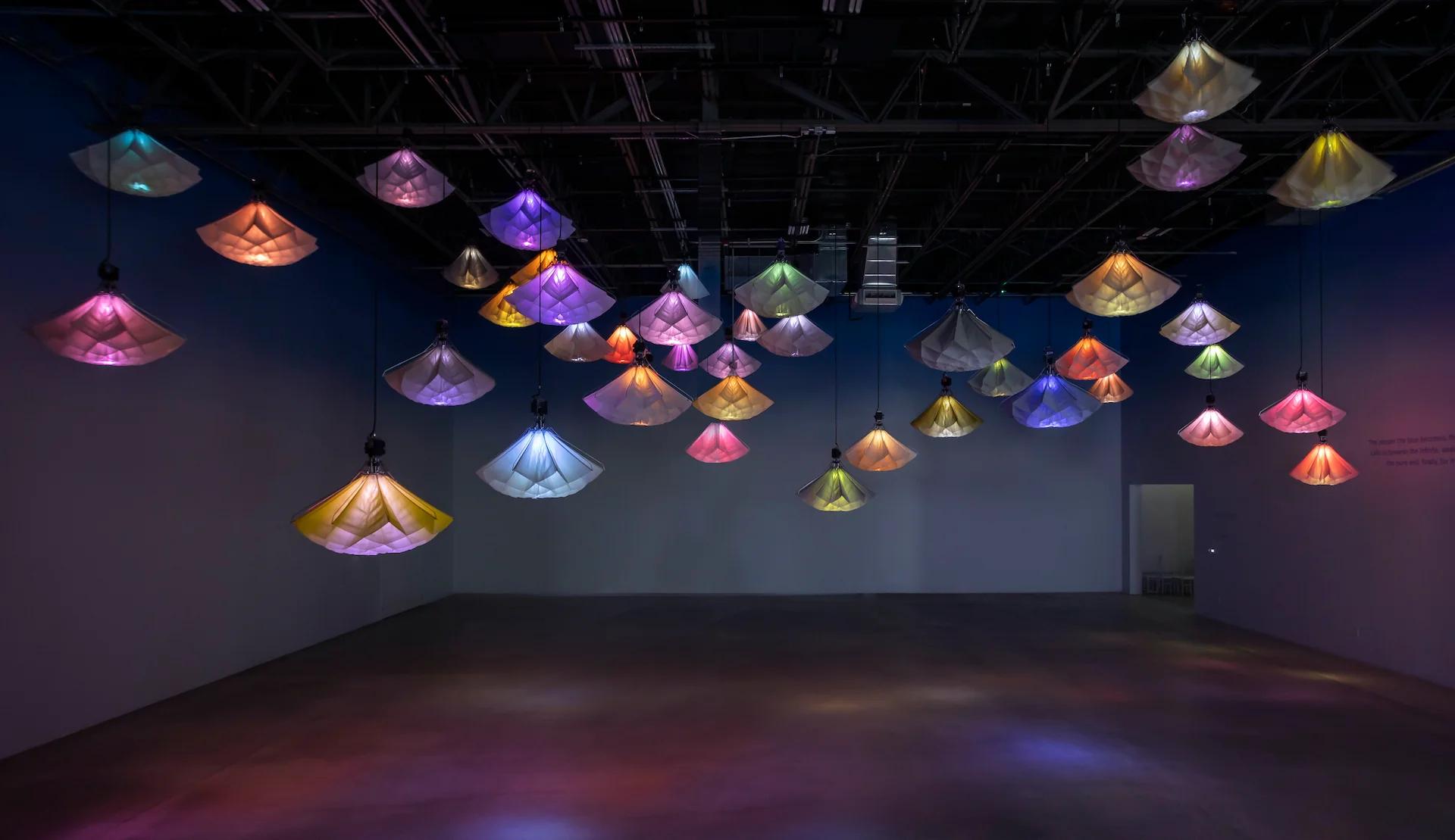
DRIFT/ MEADOW, 2017. INSTALLATION VIEW AT SUPERBLUE MIAMI, 2021
DM/Why do you think an art space like Superblue was needed? What is it adding to the cultural conversation?
LG/Many experiential artworks don’t require any foreknowledge or existing experience; all they require is for the viewer to be there and engage. Nothing is dictated, and the viewer is free to take whatever they want or, indeed, need from the work.
Our piece Franchise Freedom demonstrated the need for such works as early as 2017, even before our current reality amid the global pandemic. The work acknowledged a world crying out for a mutual means of connection—a shared moment of contemplation and unity.
Similarly, Superblue stands for a truly egalitarian vision of the art world, one that grows ever more important as people crave a return to connection on a grand scale. Museums are not set up for this type of engagement yet; neither are galleries. Art fairs are even more difficult to show artwork in the right way.
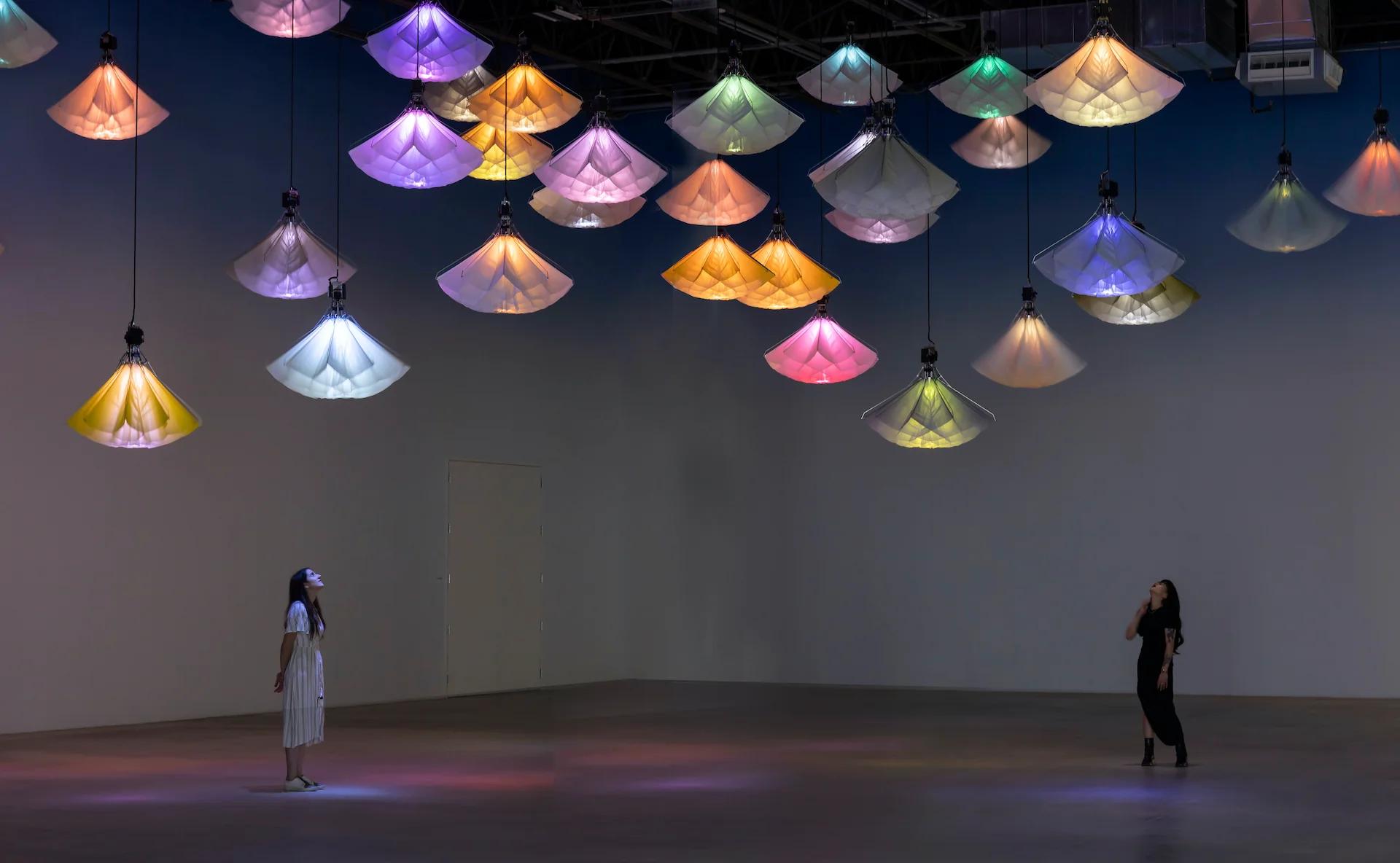
DRIFT/ MEADOW, 2017. INSTALLATION VIEW AT SUPERBLUE MIAMI, 2021
DM/Tell us about Meadow, which is currently installed at Superblue Miami. What was the inspiration? What do you hope viewers take away from the experience of it?
LG/Meadow is an upside-down landscape, a kinetic sculpture consisting of mechanical flowers that open and close in a poetic choreography. The piece is inspired by the impermanence of the ever-changing seasons, the sensational character of natural growth processes, and the insight that plant-life often functions as a colony rather than as a group of individuals. This principle is explored in the choreography of rhythms as well as in the robotics of the work. As the viewer enters Meadow’s environment, sensors positioned below the piece translate their presence into different “moods,” which influence the speed and color of each sculptural element.
In this way, the viewer becomes a part of the artwork’s specific choreography, uniting us in a shared moment, a shared presence of being—at once still and singular yet collective and connected. The experience of Meadow taps into a deep memory of being one with each other and being one with the environment in a specific moment. It’s a mutually familiar experience that leads to a clear mind, a moment of contemplation and connectivity, a spark of happiness.
Perhaps more broadly, Meadow sparks our imaginations to challenge apparent boundaries between the characteristics we attribute to nature and to technology. Man-made objects tend to have a static form, while everything natural in this world, including people, are subject to constant metamorphosis and adaptation to their surroundings. In a society in which these elements are principally thought to counter the other, Meadow forms a creative coalition; a demonstration of how nature and technology can work together in balance and harmony. ◆
